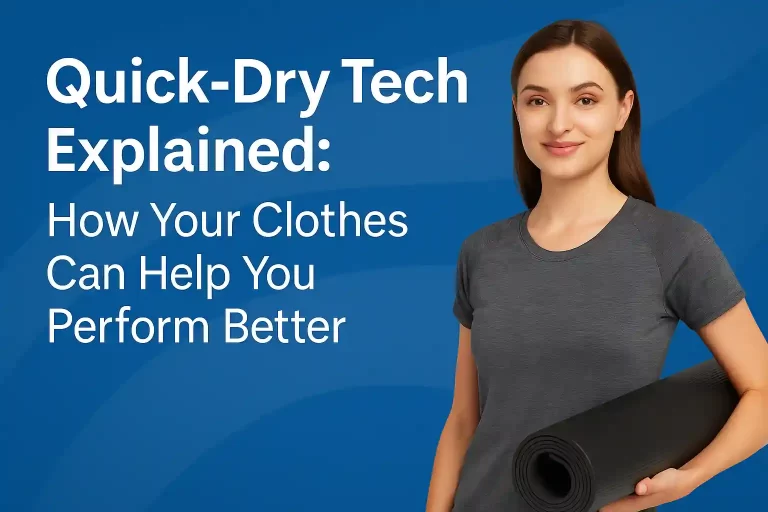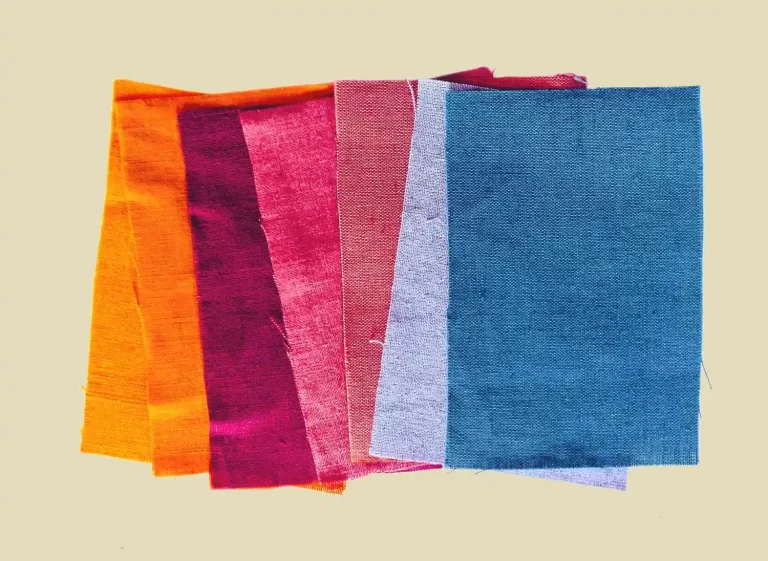Call Us At +86 17381572955
Wholesale vs Retail: Which Business Model Works Best for Small Fashion Brands?
Introduction: How to Choose the Right Fashion Business Model for Your Brand
Starting a fashion label is not just about creating beautiful designs — it’s about building a sustainable business model that supports long-term growth. For small fashion brands, one of the most critical decisions is whether to operate under a wholesale model or a retail (direct-to-consumer) model.
Both have proven successful in the fashion world, yet they offer very different paths in terms of cash flow, marketing, scalability, and brand control. this article explores the key differences between wholesale and retail, helping you find the strategy that best fits your fashion startup’s goals.
What Is the Wholesale Business Model in the Fashion Industry?
Understanding Wholesale in Fashion
The wholesale model involves selling your garments in bulk to retailers, boutiques, or distributors who then resell them to consumers. Your focus as a brand is on product quantity, reliable production, and maintaining good B2B relationships rather than direct marketing.
Key Advantages of the Wholesale Model for Small Fashion Brands
- Lower Marketing Costs: Retail partners handle advertising and customer acquisition.
- Predictable Cash Flow: Bulk orders create stable revenue streams that simplify production planning.
- Scalable Production: You can increase output without a proportional rise in marketing spend.
- Industry Credibility: Being stocked in recognized boutiques can strengthen brand positioning.
Challenges of Wholesale Fashion Strategy
- Lower Margins: You sell products at 40-60% of retail price.
- Limited Brand Control: Retailers decide how your products are presented to consumers.
- Higher MOQ Requirements: Many factories require minimum quantities that can pressure small brands’ budgets.
What Is the Retail (DTC) Business Model Fashion Startups?
Defining Retail and DTC Fashion Models
The retail model, often called direct-to-consumer (DTC), means selling products directly to end customers through your website, flagship store, or social meida platforms. This approach gives you full control over your pricing, branding, and customer relationships.
Advantages of Retail Fashion Business for Small Brands
- Higher Profit Margins: You retain full retail revenue without sharing it with wholesalers.
- Brand Ownership: Every customer touchpoint — form packaging to email — builds brand loyalty.
- Customer Data Access: Direct sales provide valuable insights into preferences and buying habits.
- Creative Freedom: You control visuals, storytelling, and social media marketing tone.
Disadvantages of Direct-to-Consumer Fashion Business
- Higher Marketing Costs: Competing in digital spaces requires advertising investment.
- Inventory Risks: Unsold stock becomes your responsibility.
- Slower Scalability: Growth depends on consistent brand awareness and repeat customers.
The Hybrid Model — Combining Wholesale and Retail for Fashion Growth
Many successful small fashion brands — especially activewear and lifestyle labels — adopt a hybrid model that balances both approaches.
- Wholesale provides bulk orders, stable revenue, and factory efficiency.
- Retail (DTC) builds direct brand engagement, storytelling, and. long-term loyalty.
Example:
A sustainable yoga wear brand might start by producing bulk orders for retail boutiques (wholesale) to build initial capital. Later, it can launch its own e-commerce channel to reach global consumers directly while maintaining wholesale partnerships for steady income.
This dual-path strategy allows brands to enjoy financial security while nurturing brand identity and audience connection.
Wholesale vs Retail Comparison Table for Fashion Startups
| Aspect | Wholesale Model | Retail (DTC) Model |
| Startup Cost | Moderate (mainly production-focused) | Higher (marketing + logistics) |
| Profit Margin | Lower per unit | Higher per unit |
| Cash Flow | Stable, predictable | Variable, customer-driven |
| Customer Relationship | Indirect (via retailers) | Direct (via your brand) |
| Brand Control | Limited | Full |
| Risk Level | Lower marketing risk | Higher inventory risk |
| Scalability | Fast with B2B partners | Gradual, brand-driven |
Which Fashion Business Model Works Best for Your Small Brand?
Your ideal model depends on your resources, vision, and production capabilities:
- If you strength lies in supply chain management and factory coordination, start with wholesale to stabilize cash flow.
- If your goal is brand storytelling, design-driven marketing, and customer loyalty, retail or DTC is the better fit.
- The most flexible route for startups is often starting wholesale, then adding retail channels once your brand identity and online presence mature.
Conclusion: Building a Scalable and Sustainable Fashion Business Model
There’s no universal formula for success. The best model is the one aligned with your brand mission, resources, and long-term goals.
Whether you operate wholesale, retail, or both, the pillars of success remain the same:
✅ Consistent product quality
✅ Transparent communication with partners
✅ Strong visual branding and digital storytelling
By balancing structure and creativity, small fashion brands can grow sustainably — from the first sample to the global stage.



